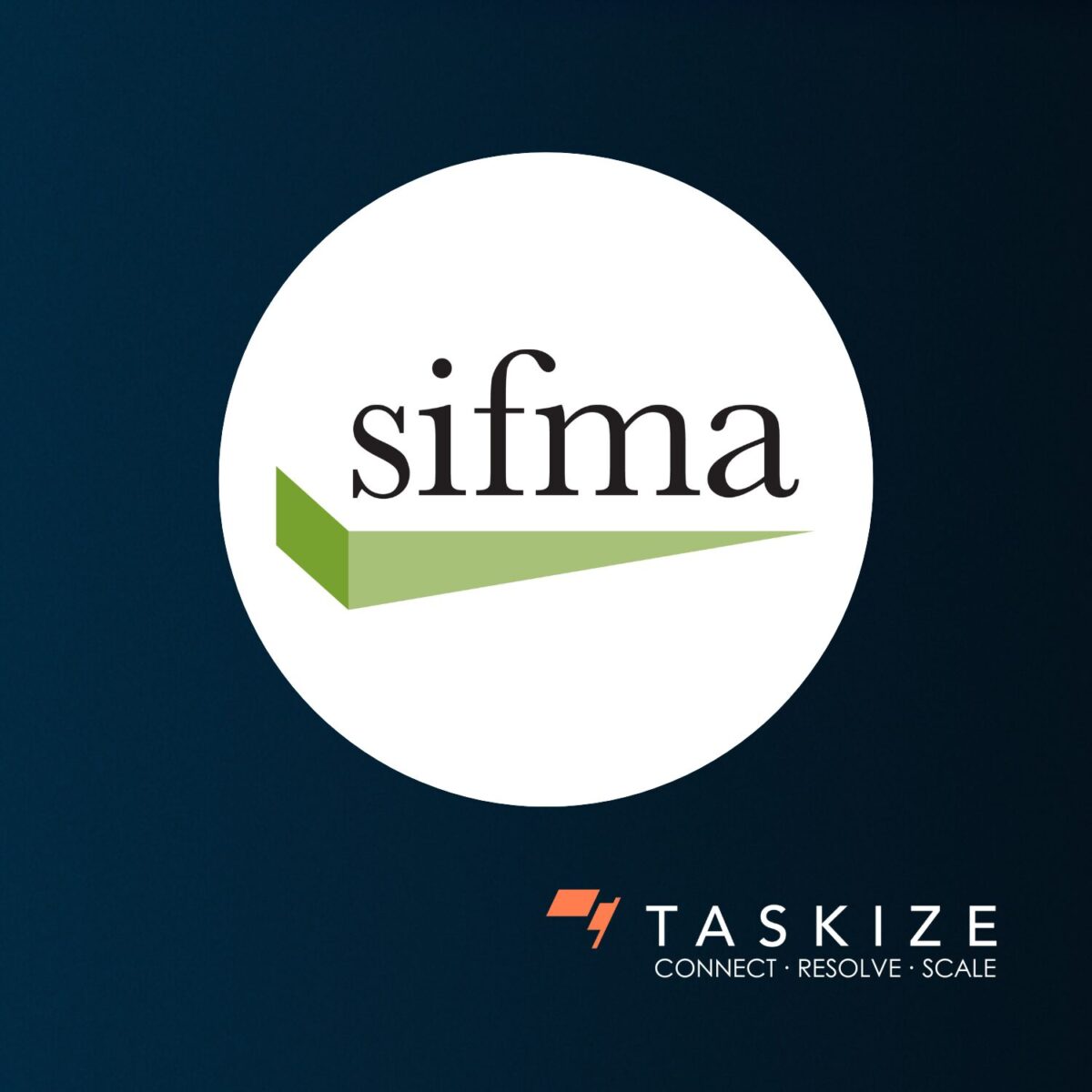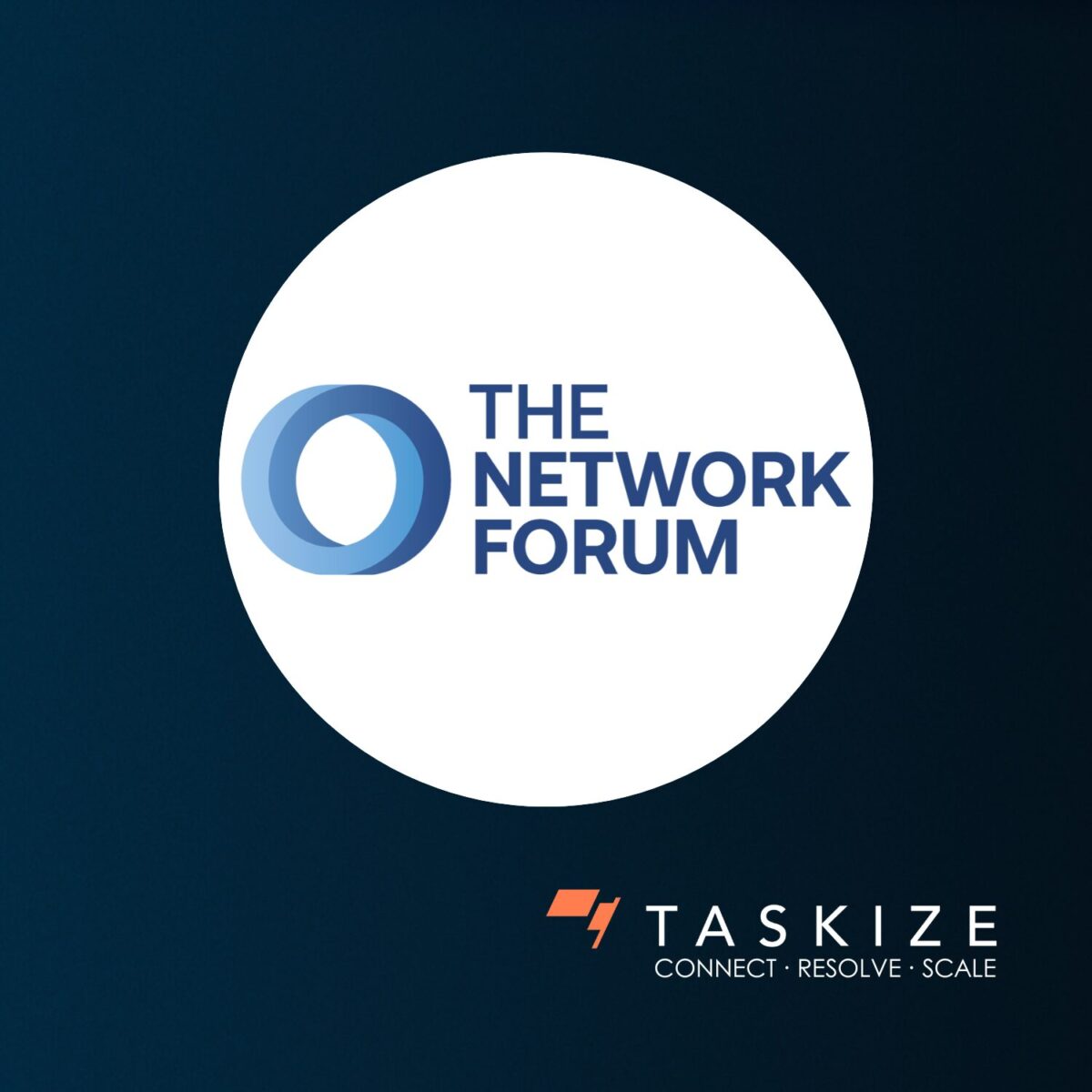Insights
Sophie Mason, General Counsel discusses the rise of the ‘click wrap’ contract
Most financial transactions and operations are now online. Cheques, faxes, and even paper records are becoming a thing of the past, with trillions exchanged every day based purely off a click of a button.
While it is widely understood that even a simple verbal exchange can constitute a contract, until quite recently financial institutions have resisted electronic contracts, instead seeking the assurance of a physical contract printed on paper and signed in ink to be confident there was a binding agreement.
“can clicking ‘accept’ in an online contract ever be as a good as a physical signature?”
Electronic ‘click-wrap’ contracts have been common in software licensing for decades; we’ve all clicked-to-accept an agreement in order to get access to a shiny new phone, perhaps without reading all the small print. This has had the effect of trivialising electronic contracts, even calling into question their enforceability.
So, can clicking ‘accept’ in an online contract ever be as a good as a physical signature? More importantly, are click-wraps something that the big players in the financial industry would be willing to embrace? In this Covid-19 period, with many people working from home (and perhaps reluctant to handle paper), this question is more pressing than ever.
Legalities of the click-wrap contract
With click-wrap contracts now a common contracting fixture, both lawmakers and courts across the globe have come to formally recognise their enforceability[1]. However, while an electronic contract in principle may be as enforceable as its pen-and-ink counterpart, it must still meet the basic elements of contract law.
“there must be consideration to ensure that the individual clicking to accept on behalf of their organisation has the authority to act”
To meet these elements, the contracting party requires sufficient notice, an opportunity to review and must provide meaningful and mutual assent. Therefore, how the click-wrap process is set-up is paramount to its enforceability.
To ensure a robust and enforceable click-wrap contract:
- Terms and conditions should be accessible (and easily retained)
- Unusual terms should be clearly highlighted
- Affirmative action should be required to indicate acceptance (i.e. ticking a box)
- Detailed evidentiary records should be kept (i.e. identifying customer characteristics, date & time of customer’s access to site, record of the contract & terms and customers timestamped acceptance of such terms).
Click-wrap contracts become more complicated, however, in the context of Business-to-Business (B2B) commerce. In this instance, there must be consideration to ensure that the individual clicking to accept on behalf of their organisation has the authority to act. This can be done by including specific reference to the fact that they are contracting on behalf of their company, and by completing your own reasonableness checks before accepting and proceeding with the contract.
“Financial organisations, including some of the biggest players, have embraced the ease that the click-wrap contract brings them”
Click-wrap contracts in the financial industry
For years, we at Taskize thought that companies in the financial industry were not ready to accept a click-wrap contract. We believed that although these types of contracts could work well in other contexts, things were different for the often-conservative financial industry.
However, in 2018 we were surprised to receive the final ‘paperwork’ from one of our highly regulated tier-1 clients via DocuSign. So, in November 2019 we decided to launch our own electronic contract to support sign-ups to our sponsored subscription. We have been astonished by the results. Financial organisations, including some of the biggest players, have embraced the ease that the click-wrap contract brings them, with barely any still opting for its paper-and-pen equivalent.
Key learnings
This has reinforced for us two key learnings. Firstly, if you can make something easier for your client, particularly in this Covid-19 period, do so. Even things as minor as printing and scanning creates barriers, so if you can reasonably avoid requiring your client to do so, embrace it.
Secondly; assumptions about the financial industry and its ability to change are outdated. In the face of a stressed environment, companies are often more willing to embrace change than you might think, so if you can test a new approach (in a measured and cost-effective way), try it.
The results may surprise you!
[1] https://www.docusign.co.uk/sites/default/files/Click-Legality-Whitepaper-UK.pdf
Taskize simplifies global financial operations with its inter-company workflow service. Click here to sign-up using our click-wrap contract, or visit www.taskize.com for more information.


